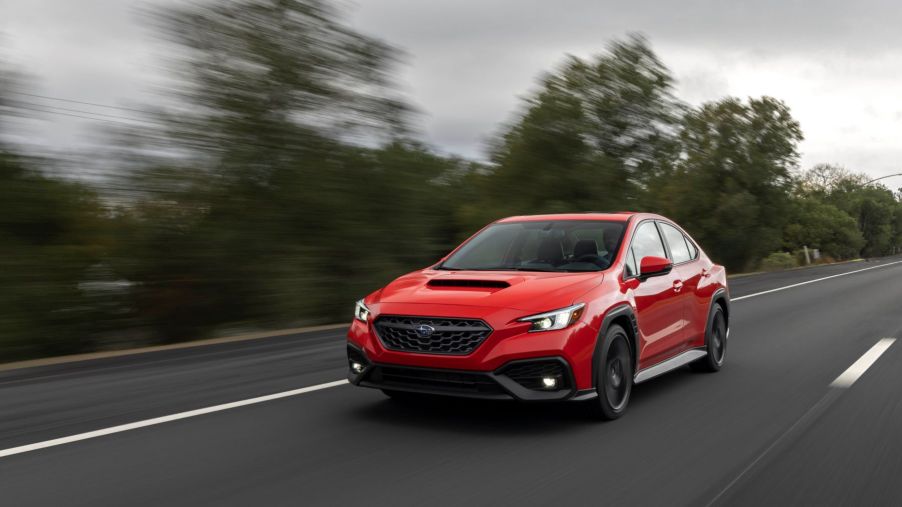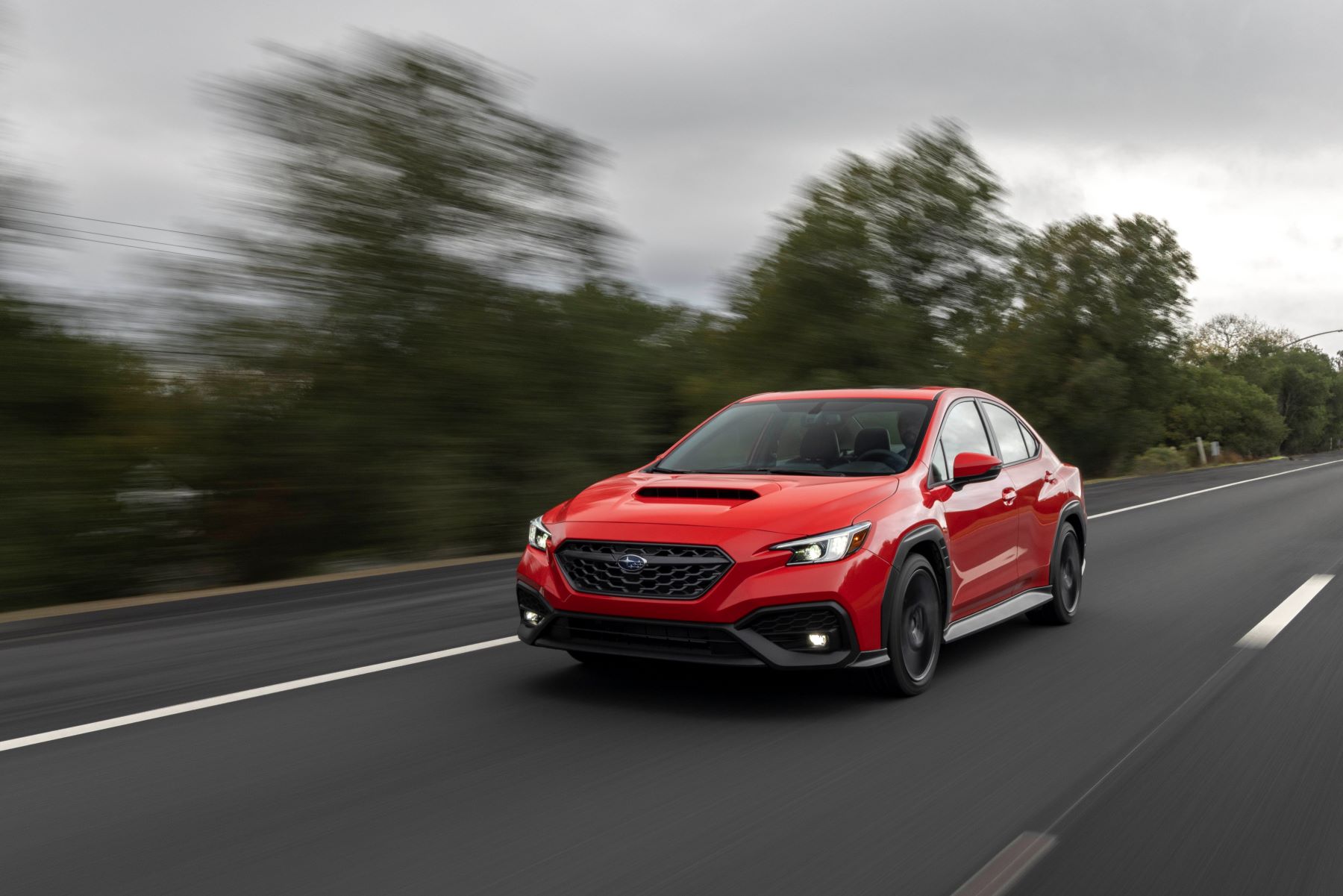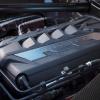
The 2022 Subaru WRX Loses 2 Safety Features if You Choose a Manual Transmission
The 2022 Subaru WRX is one of the best options on the market for folks who are looking for an affordable and fun sports car to drive. That being said, the WRX has its share of issues, and sports car purists will encounter additional problems if they choose to equip their Subaru with a manual transmission. Here’s a look at the 2022 Subaru WRX and how it loses two safety features if car shoppers choose to go with a manual transmission.
This is why sports car drivers prefer manual transmissions
Manual transmission options are something that sports car purists look for in a car, and there are a couple of reasons for that. The biggest one, however, is a sense of control. When it’s time to switch gears, a manual transmission gives drivers a lot of control, but it also makes switching gears fun. Not everyone will have fun with a manual, as it takes time to learn to drive with one.
However, most sports car enthusiasts know how to use one and have fun doing so. Additionally, there are some more practical benefits to a manual transmission. They are more straightforward than automatics, so it’s easier to maintain and repair them. Since sports car enthusiasts want to take care of their cars, this can mean cost savings and savings in terms of headaches. However, there’s a downside to new Subaru WRX models with manual transmissions.
Subaru WRX models with manual transmissions miss out on 2 safety features

At a $30,000 price tag, the Subaru WRX is a fun and cheap option for folks looking to buy a sports car. Subaru offers a manual transmission as standard, but according to Consumer Reports, Subaru will not include automatic emergency braking and forward collision warning with the manual version of the car. However, those safety features will come with the CVT version of the vehicle.
Although cars with a manual transmission are getting rare these days, many come equipped with automatic emergency braking or forward collision warning. It’s unclear why Subaru made this choice, but it may be because of how those safety features interact with a manual transmission.
For example, on other cars that have a manual transmission and automatic emergency braking, when the system is activated, it relies on the driver to push the clutch pedal. If that doesn’t happen, then the car will stall out. A car stalling out isn’t fun, but it’s better than crashing into the rear end of another vehicle at full speed.
AEB and FCW are common standard safety features on cars
Preventing accidents like that is the main benefit of automatic emergency braking and forward collision warning. Usually, the two systems are combined and require some high-tech stuff to work. Many cars with these features will use sensors like radar to see things in front of the vehicle, but some cars may use cameras, too.
Once the system sees something in front of it, automatic emergency braking kicks in and slows or stops the car completely. More recent innovations have allowed these sensors to detect pedestrians, and the Subaru sports car is equipped with this feature, but only on the CVT models.
Cars with automatic emergency braking are 50% less likely to get involved in a rear-end accident, and forward collision warning reduces those accidents by 27%. Unsurprisingly, many cars, including the Honda Civic Si and Volkswagen Golf GTI, compete with the Subaru WRX and come with these safety features. These features have simply become standard on most modern car models.


